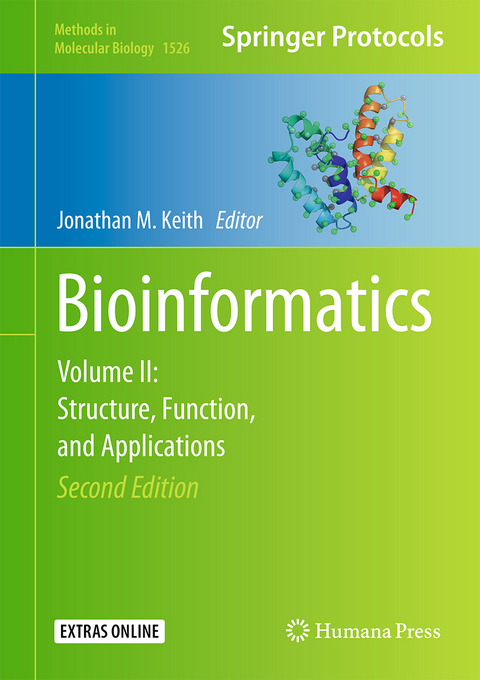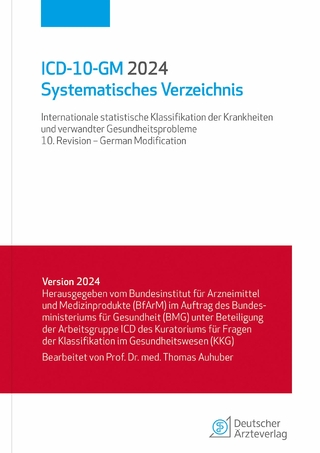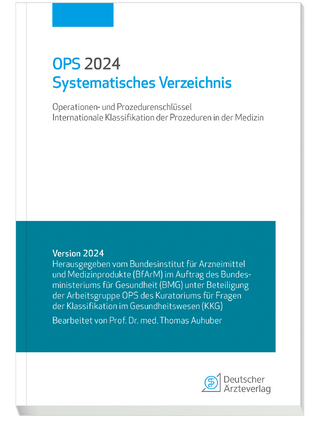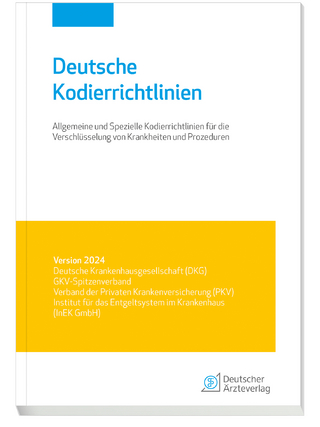
Bioinformatics
Humana Press Inc. (Verlag)
978-1-4939-6611-0 (ISBN)
Comprehensive and practical, Bioinformatics, Volume II: Structure, Function, and Applications is an essential resource for graduate students, early career researchers, and others who are in the process of integrating new bioinformatics methods into their research.
3D Computational Modeling of Proteins Using Sparse Paramagnetic NMR Data.- Inferring Function from Homology.- Inferring Functional Relationships from Conservation of Gene Order.- Structural and Functional Annotation of Long Non-Coding RNAs.- Construction of Functional Gene Networks Using Phylogenetic Profiles.- Inferring Genome-Wide Interaction Networks.- Integrating Heterogeneous Datasets for Cancer Module Identification.- Metabolic Pathway Mining.- Analysis of Genome-Wide Association Data.- Adjusting for Familial Relatedness in the Analysis of GWAS Data.- Analysis of Quantitative Trait Loci.- High-Dimensional Profiling for Computational Diagnosis.- Molecular Similarity Concepts for Informatics Applications.- Compound Data Mining for Drug Discovery.- Studying Antibody Repertoires with Next-Generation Sequencing.- Using the QAPgrid Visualization Approach for Biomarker Identification of Cell-Specific Transcriptomic Signatures.- Computer-Aided Breast Cancer Diagnosis with Optimal Feature Sets: Reduction Rules and Optimization Techniques.- Inference Method for Developing Mathematical Models of Cell Signaling Pathways Using Proteomic Datasets.- Clustering.- Parameterized Algorithmics for Finding Exact Solutions of NP-Hard Biological Problems.- Information Visualization for Biological Data.
“The book is as an excellent starting point for a wide audience including undergraduates, graduates and established researchers alike. The amount of detail presented for each methodological approach, coupled with extensive examples, facilitate not only the understanding of the topic but also the bridging between the various tasks associated with the mining of big (high throughput) biological datasets.” (Irina Ioana Mohorianu, zbMATH, Vol. 1384.92002, 2018)
| Erscheinungsdatum | 06.01.2017 |
|---|---|
| Reihe/Serie | Methods in Molecular Biology ; 1526 |
| Zusatzinfo | 26 Illustrations, color; 62 Illustrations, black and white; XI, 426 p. 88 illus., 26 illus. in color. With online files/update. |
| Verlagsort | Totowa, NJ |
| Sprache | englisch |
| Maße | 178 x 254 mm |
| Themenwelt | Informatik ► Weitere Themen ► Bioinformatik |
| Naturwissenschaften ► Biologie ► Genetik / Molekularbiologie | |
| Schlagworte | Clustering • computational diagnostics • drug discovery • genome-wide association data • Genotype • modeling and interference • Phenotype • systems of interacting elements |
| ISBN-10 | 1-4939-6611-1 / 1493966111 |
| ISBN-13 | 978-1-4939-6611-0 / 9781493966110 |
| Zustand | Neuware |
| Haben Sie eine Frage zum Produkt? |
aus dem Bereich


